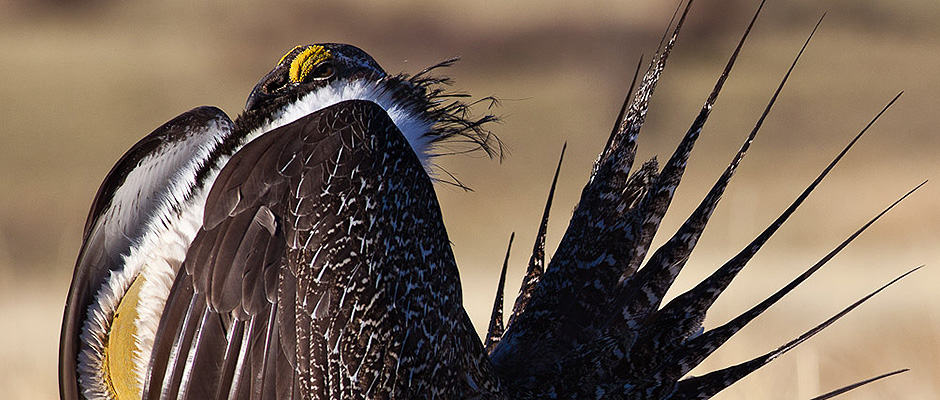Share this article
President’s Budget Roundup: Conservation Programs
The President’s budget request for Fiscal Year (FY) 2016 was released by the Office Management and Budget in early February. Each agency has released their individual budget justifications outlining requested funding for all programs. The budget requests notable increases for several wildlife programs across different agencies.
The FY16 request for the Department of the Interior totals $13.2 billion. The Fish and Wildlife Service (FWS) requested $1.2 billion. The National Wildlife Refuge System request was $508 million, an increase of $33 million over FY15 enacted funds. The Refuge System includes over 150 million acres of land and water and an additional 418 million acres in Marine Monuments. After program funding had remained stable for several years, FWS also requested a $10 million increase for State and Tribal Wildlife Grants, which provide funds to develop and implement programs for the benefit of fish and wildlife and their habitats in states and territories under the direction of individual State Wildlife Action Plans.
The Bureau of Land Management (BLM) request is $1.2 billion. Some major increases included allocating an additional $37 million to wildlife management, bringing the total up to $89.4 million. The 2016 priorities for wildlife management include the continued implementation of the BLM’s sage-grouse conservation strategies, with $37 million of the wildlife management request is dedicated to sage-grouse habitat restoration efforts; migratory bird conservation; and big game conservation. Despite the close to 50,000 feral horses and burros occupying public lands and the additional 48,000 animals in holding facilities, the FY16 request includes only a $3 million increase above FY15 levels for the wild horse and burro management program.
The United States Geological Service’s (USGS) Ecosystems program would receive an increase of $19.3 million above FY15 levels. USGS Ecosystems conducts research and monitoring of natural systems. The increase includes a $2.8 million expansion of landscape-level modelling. The request also allocates funding to monitor critical ecosystems, including sagebrush steppe. An additional $2 million was requested for the invasive species section of the Ecosystems program to support early detection of and rapid response to emerging invasive species.
The U.S. Forest Service request is $4.9 billion of the U.S. Department of Agriculture’s (USDA) total request of $25 billion. The budget includes language to classify wildfires as a disaster, allocating $795 million for fire suppression and allowing an additional $855 million to meet fire suppression needs beyond the base appropriations in emergency situations.
Several other USDA agencies, like the Natural Resources Conservation Service (NRCS) and Animal and Plant Health Inspection Service (APHIS) impact wildlife management. The APHIS Wildlife Services program funding request dropped about $10 million to $99 million for FY16. A total of $20 million of that budget is allocated for national control programs for feral swine. NRCS implements several Farm Bill programs. While the Wetlands Reserve Program, Grasslands Reserve Program, and Wildlife Habitat Incentives Program receive no funding in FY16, they were incorporated into the Agricultural Conservation Easement Program, which requested $450 million ($56 million increase), and the Environmental Quality Incentives Program, which requested $1.35 billion ($3 million increase).
Over the next few months, the Congressional Appropriations Committees will develop appropriations bill based on these requests, and Congress will a series of appropriations bills, which should go into effect at the beginning of the next fiscal year in October.
Header Image:
Greater Sage Grouse
Image Credit: Bureau of Land Management








